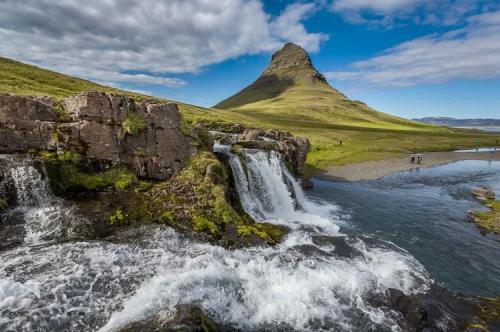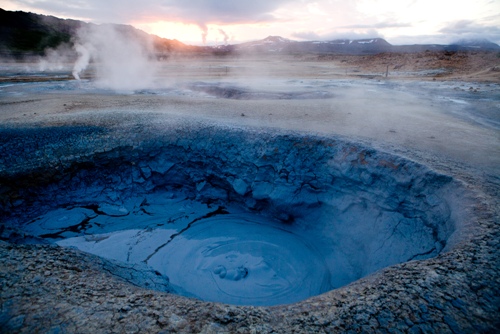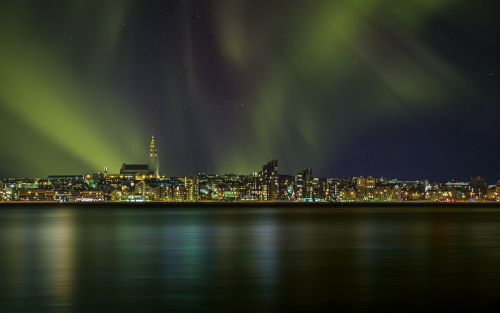ICCS 2015 Location: Iceland & Reykjavík
Iceland
According to both Landnámabók and Íslendingabók, Iceland was first inhabited by Nordic and Irish people in the 9th century AD – tradition says that the first permanent settler was Ingólfur Arnarson, a Norwegian Viking who made his home where Reykjavik now stands. It is thought that Irish monks had temporarily inhabited the island some years prior to this. The Icelanders still basically speak the language of the Vikings.
If you enjoy nature, Iceland is a stunning, beautiful place. The island is located in the North Atlantic Ocean just between Europe and North America. Because it is located so close to the Arctic Circle, in the summer you can see the midnight sun.
Even being a cold country, during Summer the temperatures aren’t as cold as one could imagine. In June the average temperature is around 12º Celsius (53.6 Fahrenheit).
Iceland is a relatively small country with around 320.000 inhabitants. The biggest city is the capital Reykjavík (with more than a third of the island’s population). It is however a shame that most visitors don’t stray far from the capital, as some of the most memorable sights in Iceland are further afield.
There are 3 National Parks (Þingvellir, Vatnajökull and Snæfellsjökull) and at least 6 major attractions in the island. It is possible to go from the strange and desolate landscapes to the most beautiful waterfalls and wildlife in a couple of hours of traveling.
As the world remembered in 2010 (with the Eyjafjallajökull eruption), Iceland is highly geologically active, due to the fact that the island is located on both the Icelandic hotspot and the Mid-Atlantic Ridge. This fact makes Iceland one of the most active volcanic regions on the world. Don’t lose the opportunity to visit these craters, as they have a unique beauty.
Reykjavík
Located in southwest Iceland, Reykjavík is the country’s capital and largest city. With an urban area population of around 200.000, it is the home of the vast majority of Iceland’s inhabitants. It is the center of culture and life of the Icelandic people as well as being one of the focal points of tourism in Iceland.
Due to its young age and particularly rapid expansion in the late 20th century, Reykjavík is very different from the other Nordic capitals, lacking their grand buildings and the picturesque old quarters. It has instead come to resemble the cities on Canada’s east coast, with their sprawling suburbs and big motorways, as recommended by the urban planners of the post-World War 2 era. Nevertheless Reykjavík has a charm of its own, quite unique, shaped by the dualistic nature of a place which still doesn’t seem to have made up its mind on whether it’s a small town or a big city.
The City’s temperatures in June are usually between 7º-12º Celsius (44.6-53.6 Fahrenheit).
If you want to experience some of Iceland’s nature but don’t have time to leave the capital for too long, don’t worry, you have several options to get a good feel for nature and the countryside without actually leaving the city. You can easily do some horse riding, whale watching, hiking and many other activities.
There are a lot of interesting places to visit, whether you are looking for culture or just sightseeing. Walking in Reykjavík is highly recommended, as many attractions are within walking distance from the hotels area. The city is very beautiful, and the sidewalk and pathway system is first-rate. Unknown to many tourists, a very long and scenic pathway for walking and cycling circles almost the whole city.




